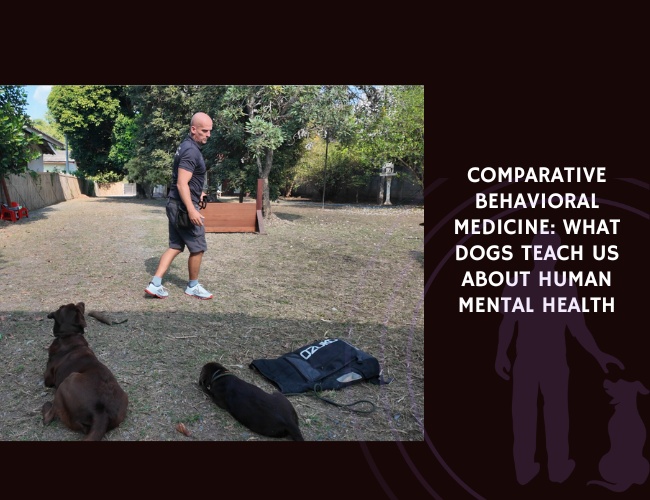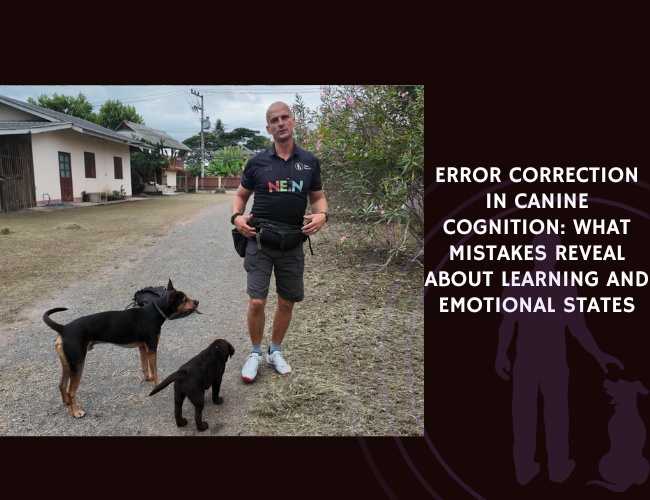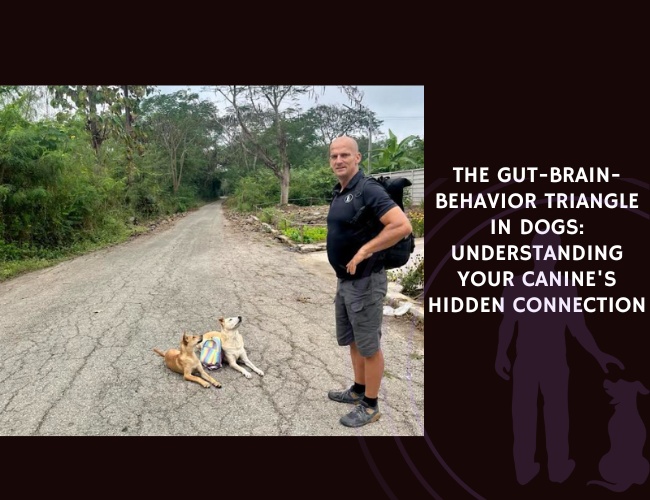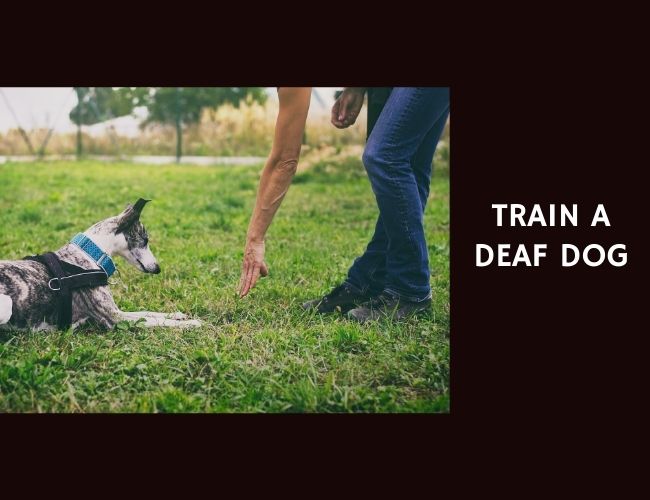Introduction: Understanding Your Coonhound’s Ancient Heritage
When you watch your Coonhound catch a scent on the evening breeze, nose lifting with that characteristic focus, you’re witnessing centuries of selective breeding in action. These remarkable dogs weren’t designed to be obedient servants—they were crafted to be independent problem-solvers, capable of making split-second decisions miles away from their handlers in pursuit of game. This heritage isn’t something to fight against; it’s the very foundation upon which we’ll build your training success.
The NeuroBond approach recognizes that your Coonhound’s seemingly “stubborn” moments aren’t defiance—they’re expressions of a deeply intelligent mind processing the world through an olfactory lens we can barely comprehend. Research shows that Coonhounds can distinguish between scent profiles with over 90% accuracy, processing information through their remarkable 300 million scent receptors (compared to our mere 6 million). This isn’t a dog that will blindly follow commands; this is a partner who needs to understand the “why” behind every request.
Let us guide you through a training journey that honors your Coonhound’s true nature while building the deep, trusting relationship that makes everything else possible. 🐾
Character & Behavior: The Independent Thinker
Understanding Your Coonhound’s Operating System
Your Coonhound is, quite literally, an operating system on four legs—one programmed for independent decision-making and persistent problem-solving. When they appear to “ignore” you while following a scent trail, their attention to handler commands can drop by up to 70%. This isn’t disobedience; it’s their neurological system prioritizing sensory input exactly as it was designed to do.
The Independence Factor manifests in fascinating ways. Your Coonhound’s ancestors needed to work at significant distances from their handlers, making autonomous decisions about which trails to follow and when to alert. This genetic programming means your dog naturally questions whether your commands make sense in their current context. They’re not asking “do I have to?”—they’re asking “does this make sense right now?”
Energy and Endurance Patterns in Coonhounds follow a unique rhythm. Studies on working scent hounds show they can maintain laser focus on scent tasks for 2-4 hours without fatigue, yet may lose interest in stationary obedience work after just 10-15 minutes. This tells us something crucial: your Coonhound’s brain craves meaningful work, not repetitive drills.
Social Intelligence runs deep in these pack-oriented hunters. Most Coonhounds display moderate to high sociability, having been traditionally kept and worked in groups. This social nature becomes a powerful training tool when we understand how to leverage it—your Coonhound learns not just from you, but from the entire social system they’re part of.
Vocalization & Communication: Understanding How Your Coonhound “Talks”
The Language of Baying and Beyond
That distinctive bay echoing through your home isn’t just noise—it’s sophisticated communication developed over centuries. Your Coonhound’s vocalization serves multiple purposes, and understanding this changes everything about how we approach “excessive barking” concerns.
The Functional Bay represents your dog’s attempt to maintain connection across distance. In hunting contexts, baying allows handlers to track their dog’s location and understand what type of trail they’re following. In your living room, that same bay might mean “I’ve found something important and need you to know about it!” This is feedback about connection, not defiance.
Emotional Vocalization Patterns vary significantly:
- Short, sharp barks often indicate alerting behavior
- Extended baying suggests intense focus on sensory input
- Whining or soft howls may express frustration when prevented from investigating
- The “pleasure growl” during play or petting shows contentment
Building New Communication Channels through NeuroBond means we don’t suppress these vocalizations—we redirect them. When your Coonhound bays at a squirrel outside, they’re not misbehaving; they’re doing exactly what generations of selective breeding programmed them to do. Our task is to show them a new way to alert us, and let them choose it.
Training & Education: The NeuroBond Method in Action
First Step: Building the Invisible Leash
Before any traditional “training” begins, we must establish the NeuroBond—that invisible connection that makes everything else possible. With Coonhounds, this process requires special consideration of their independent nature.
Creating the Check-In Habit starts with making yourself more interesting than the environment. This seems impossible with a scent hound, but here’s the secret: we’re not competing with scents—we’re becoming part of the scenting experience. Begin in low-distraction environments, rewarding every voluntary glance in your direction. Your Coonhound learns that checking in with you leads to engaging activities, not the end of fun.
The Standing Leash Technique works beautifully with Coonhounds’ problem-solving nature. Simply stand on the leash with enough slack for your dog to sit or lie down comfortably, but not enough to wander. Don’t command or correct—let them figure it out. Most Coonhounds will try pulling, circling, and vocalizing before naturally settling. The moment they choose to relax, mark and reward. You’re teaching them that their own decisions lead to positive outcomes.
Leveraging Instinct as the Learning Pathway
Scent-Based Obedience revolutionizes traditional training for Coonhounds. Instead of repetitive “sit-stay” drills that lose their attention after 10 minutes, we incorporate scent work into every command:
- Hide treats for “find it” games that naturally incorporate recall
- Use scent trails that lead back to you for building reliable returns
- Create “scent stations” where obedience behaviors unlock access to tracking games
Research shows this approach can improve compliance by up to 40% compared to standard methods. Your Coonhound isn’t learning to suppress their instincts—they’re learning that cooperation with you enhances their natural abilities.
The Context Bridge helps your independent thinker understand when different rules apply. Coonhounds excel at contextual learning, so we create clear environmental cues:
- A specific harness for tracking work versus a collar for neighborhood walks
- Different verbal markers for “working” versus “companion” time
- Consistent routines that signal transitions between activities
Managing the Selective Hearing Phenomenon
What appears as “selective deafness” is actually intense neurological focus. When your Coonhound catches a scent, their brain literally redirects processing power from auditory to olfactory channels. Understanding this changes our approach entirely.
The Interrupt-and-Redirect Protocol works with, not against, this neurological reality:
- Use a unique sound (whistle, clicker, unusual word) trained in calm environments
- Pair this sound with extraordinarily high-value rewards
- Practice first when your dog is mildly interested, not intensely focused
- Gradually increase the distraction level over weeks, not days
Building the Recall Through Games, not commands, creates voluntary engagement:
- “Chase me” games where you run away when your dog looks at you
- “Party recalls” where the entire family celebrates the dog’s return
- “Jackpot” recalls with special rewards saved only for coming when called
Remember: every failed recall is practice ignoring you. Use long lines and management to prevent rehearsal of unwanted independence while building the new neural pathways.
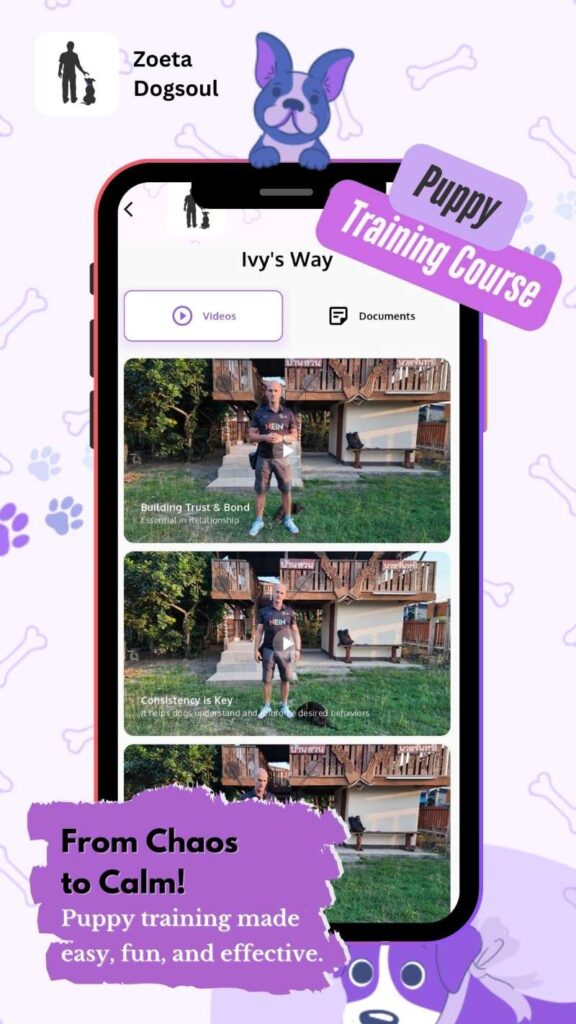
Performance & Activities: Channeling the Drive
Structured Scent Work as Mental Exercise
Your Coonhound’s brain requires meaningful work to achieve balance. Without appropriate outlets, that powerful nose will find its own entertainment—usually involving your garbage can or the neighbor’s cat.
Nosework Foundations can begin in your living room:
- Start with “find it” games using their regular kibble
- Progress to hiding toys or treats in boxes
- Advance to specific scent discrimination (finding one family member’s sock among many)
- Eventually introduce formal scent detection protocols if desired
This isn’t just entertainment—it’s cognitive exercise that satisfies deep genetic needs. A 20-minute scent session can tire your Coonhound more effectively than an hour-long walk.
Tracking as Relationship Building transforms walks into cooperative adventures:
- Lay short tracks in your yard with treats every few feet
- Have family members lay tracks for the dog to follow to find them
- Use tracking to find “lost” toys or special rewards
- Gradually increase complexity with turns and aged tracks
Each successful track strengthens the NeuroBond—your dog learns that working with you leads to achieving their goals.
Converting Energy into Connection
The Working Dog Protocol acknowledges that Coonhounds maintain focus for 2-4 hours on meaningful tasks. Structure their day accordingly:
- Morning scent work session (20-30 minutes)
- Midday training integrated into walks
- Evening puzzle feeders or hide-and-seek games
- Calm connection time before bed
This schedule respects their endurance while preventing overstimulation. Remember: a tired Coonhound isn’t necessarily a good Coonhound—a fulfilled Coonhound is.
Nutritional Recommendations: Fueling the Working Mind
Optimizing Cognitive Function Through Diet
Your Coonhound’s remarkable scent-processing abilities require specific nutritional support. The brain consumes approximately 20% of the body’s energy, and for a scent hound actively using their nose, this percentage increases significantly.
Protein Requirements for Neural Health should prioritize high-quality sources:
- Aim for 25-28% protein content in adult Coonhound diets
- Include omega-3 fatty acids (especially DHA) for cognitive function
- Consider foods with added antioxidants to support neural health
- Rotate protein sources to maintain interest and nutritional variety
Feeding Schedules that Support Training work with your dog’s natural rhythms:
- Morning meal 30 minutes after the first training session
- Use portions of daily food for training rewards
- Evening meal after exercise but before settling time
- Avoid feeding immediately before or after intense scent work
The Cognitive Diet Connection: Research shows that dogs fed diets rich in antioxidants and omega-3s demonstrate improved learning ability and memory retention. For your scent-driven Coonhound, this translates to better training outcomes and maintained focus during work.
Health Concerns: Physical Wellness and Training Success
Common Health Issues Affecting Training
Understanding breed-specific health predispositions helps us adapt training approaches proactively.
Ear Health and Attention matter particularly for Coonhounds:
- Those long, beautiful ears can trap moisture and develop infections
- Ear discomfort significantly impacts training focus and mood
- Weekly ear checks and cleaning prevent issues that derail training progress
- A dog with ear pain may appear “stubborn” when actually in discomfort
Hip Dysplasia Considerations affect training choices:
- Avoid repetitive jumping exercises in young dogs
- Build muscle through swimming or hill walking rather than high-impact activities
- Modify positions for older dogs (platform work instead of repeated sits)
- Remember that discomfort can masquerade as disobedience
Exercise-Induced Conditions require awareness:
- Coonhounds’ endurance can mask exhaustion until it’s severe
- Monitor for overheating during intense scent work
- Provide adequate recovery between training sessions
- Hypoglycemia can occur during extended tracking sessions—carry small snacks
The Mind-Body Training Connection
Physical wellness directly impacts learning capacity. A Coonhound experiencing any discomfort will default to self-preservation behaviors rather than handler cooperation. This isn’t defiance—it’s biology.
Regular veterinary checkups should include discussion of your training goals. Your vet can help identify physical limitations that might affect training and suggest modifications that keep your dog comfortable while learning.
Independent. Focused. Relational.
Heritage shapes behaviour. Coonhounds were bred to think for themselves, following scent trails with persistence and autonomy that reflect centuries of selective purpose.
Senses drive decisions. Their 300 million scent receptors prioritise olfactory input over handler cues, meaning what looks like stubbornness is actually neurological design.
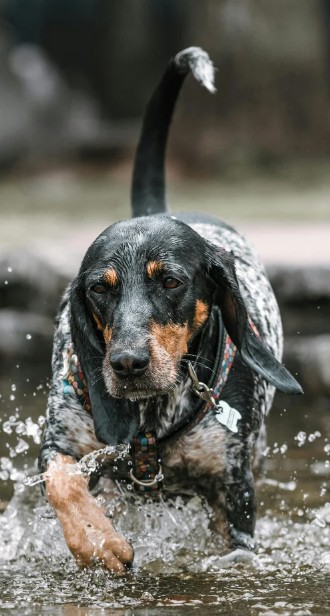
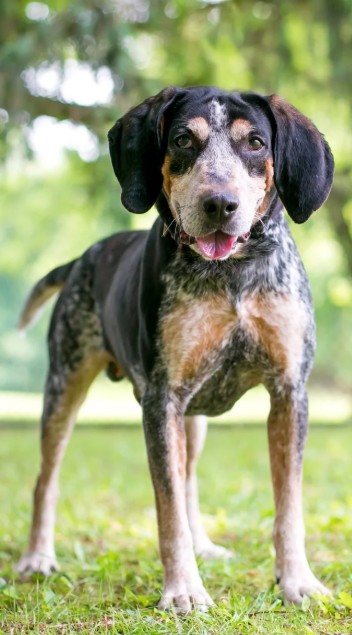
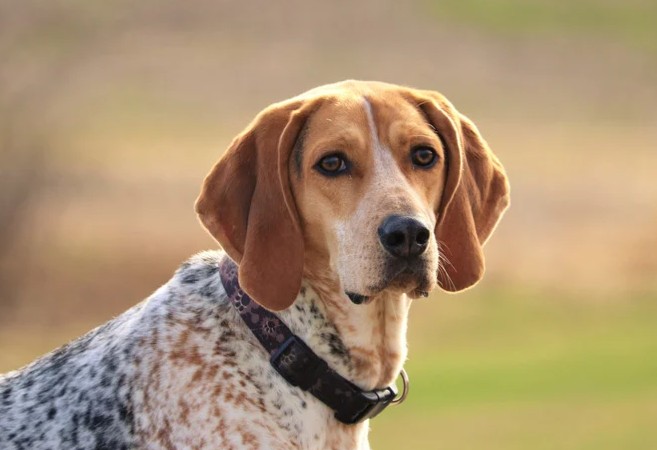
Connection fuels success. Through trust, social learning, and meaningful work, the NeuroBond approach turns independence into partnership, aligning instinct with cooperation.
Lifestyle & Environment: Creating Success Conditions
Environmental Management as Training Foundation
Your home environment either supports or sabotages training efforts. For a Coonhound, environmental management is particularly crucial given their persistent, problem-solving nature.
Scent Management in Living Spaces:
- Secure garbage cans aren’t optional—they’re essential
- Food storage must be genuinely Coonhound-proof
- Rotate toys to maintain novelty and interest
- Create “scent-free” zones where your dog can truly relax
The Fence Question deserves special attention. Coonhounds following scent trails can scale, dig under, or push through inadequate barriers. A physical fence should be at least 6 feet high with underground barriers. However, the invisible leash built through NeuroBond training provides the most reliable containment—a dog who chooses to stay close.
Indoor Enrichment Prevents Outdoor Problems:
- Puzzle feeders for every meal
- Rotating scent games throughout the house
- “Find it” games using hidden toys or treats
- Snuffle mats for calming, focused activity
Remember: environmental management isn’t giving up on training—it’s preventing your dog from practicing unwanted behaviors while you build new neural pathways.
Urban Versus Rural Considerations
City Coonhounds face unique challenges:
- Overwhelming scent input from countless sources
- Limited off-leash opportunities for natural behaviors
- Noise sensitivity in dogs bred for rural environments
- Need for creative outlets in smaller spaces
Urban training emphasizes impulse control and calm behaviors more heavily, using structured scent work to replace free-ranging opportunities.
Rural Coonhounds need different management:
- Wildlife encounters trigger intense genetic responses
- Larger territories can encourage roaming
- Agricultural scents (livestock, feed) provide constant stimulation
- More opportunities for appropriate outlet activities
Rural training can leverage natural environments for training while establishing clear boundaries about which scents to follow and which to leave.
Senior Care: Adapting the NeuroBond Through Life Stages
The Aging Coonhound Mind
As your Coonhound enters their senior years (typically 8-10 years), their training needs shift rather than diminish. Research shows scent hounds maintain learning ability well into old age, but the approach must evolve.
Cognitive Changes and Adaptations:
- Processing speed may slow, requiring more patient training pace
- Short-term memory might decline while long-term patterns remain strong
- Sensory changes (hearing loss) may masquerade as increased “stubbornness”
- Established NeuroBonds actually strengthen with age
Modified Training Protocols for Seniors:
- Shorter but more frequent sessions prevent fatigue
- Higher value rewards compensate for decreased food drive
- Visual cues supplement verbal commands for hearing-impaired dogs
- Scent work remains engaging even with reduced mobility
The Comfort Zone Expansion: Senior Coonhounds often show increased anxiety about changes. The NeuroBond becomes even more crucial—you become their trusted guide through uncertainty. Training shifts from teaching new behaviors to maintaining cognitive function through familiar, enjoyable activities.
Maintaining the Working Mind
Even elderly Coonhounds benefit from having a “job.” Adapt their work to their capabilities:
- Simple “find it” games in a single room
- Identifying family members by scent
- “Alerting” to specific sounds or events
- Being the “demo dog” for training younger dogs
This continued engagement prevents cognitive decline while respecting physical limitations. Your senior Coonhound may not track for miles anymore, but they can still enjoy finding hidden treats in the living room.
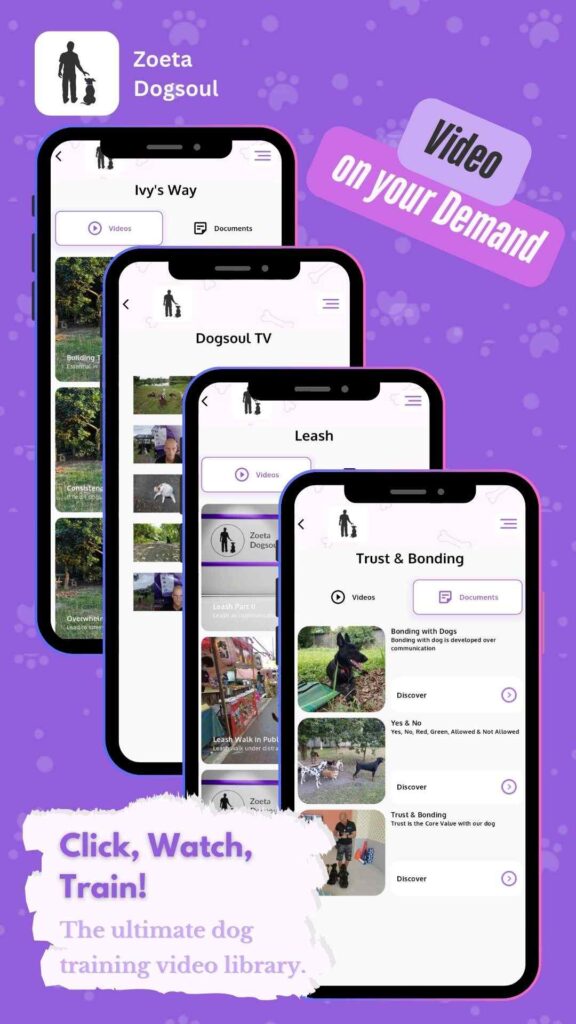
Common Behavioral Challenges: NeuroBond Solutions
The Pulling Problem: Reframing the Walk
When your Coonhound pulls on leash, they’re not trying to dominate or disrespect you—they’re following genetic programming that says “interesting scents must be investigated immediately.” Traditional heel training fights against centuries of selective breeding.
The Cooperative Walking Protocol:
- Choose appropriate equipment (front-clip harness for neighborhood walks, long line for sniff-plorations)
- Designate “sniff zones” where pulling to investigate is allowed
- Use “let’s go” as information, not command—you’re suggesting direction changes
- Reward check-ins and voluntary proximity with access to sniff zones
- Practice direction changes as a game, not correction
This approach transforms walks from battles into cooperative adventures. Your Coonhound learns that staying connected to you actually increases their freedom to explore.
The Recall Challenge: Building Voluntary Returns
The number one Coonhound training complaint? “He won’t come when called if he’s following a scent.” This isn’t a training failure—it’s a biological reality we must work with creatively.
The Graduated Recall System:
- Level 1: Recalls in the house with no distractions (95% success before progressing)
- Level 2: Enclosed yard with mild distractions
- Level 3: Long line in varied environments
- Level 4: Off-leash in fully enclosed areas only
- Level 5: Emergency recall (trained separately, used sparingly)
Never call your Coonhound if you’re not 99% certain they’ll respond. Every ignored recall weakens the behavior. Instead, use environmental management (long lines, fenced areas) while building the neural pathways for voluntary returns.
Counter Surfing and Scavenging: The Management Priority
Your Coonhound’s nose tells them that the chicken on your counter is exactly 4 hours and 23 minutes old, seasoned with rosemary, and absolutely worth investigating. No amount of training will eliminate this awareness—we must manage and redirect.
The Three-Pronged Approach:
- Environmental management: Food is never accessible without supervision
- Alternative behaviors: Heavily reinforce settling on a mat during meal prep
- Scent discrimination games: Teach “leave it” through games where ignoring one scent earns access to another
Remember: every successful counter surf is a jackpot win in your dog’s mind, reinforcing the behavior more strongly than dozens of training sessions can undo. Prevention is everything.
NeuroBond in Practice: Real-World Applications
Case Study: From Runway to Reliable
Consider “Duke,” a 3-year-old Coonhound who hadn’t been off-leash in two years after multiple escapes. His owners saw him as stubborn and untrainable. Through NeuroBond work:
Week 1-2: Established check-in behaviors indoors using the standing leash technique. Duke learned that his choices, not commands, led to rewards.
Week 3-4: Introduced scent games where finding treats required returning to his owner for the next “clue.” Duke began seeing his humans as partners in the hunt, not obstacles.
Week 5-8: Graduated to long-line work in increasingly distracting environments. Used tracking games where Duke followed scent trails that always led back to his owners.
Week 9-12: Achieved reliable recalls in enclosed areas by making returns more rewarding than any scent trail—using special “jackpot” rewards and enthusiastic play.
Six months later, Duke enjoys off-leash privileges in appropriate areas, choosing to stay close because the NeuroBond makes proximity rewarding. He still loves to track, but now he does it with his humans, not away from them.
The Multi-Dog Household Dynamic
Coonhounds’ pack heritage means they often thrive in multi-dog homes, but this requires special training considerations:
Individual Bonds Before Pack Integration: Each dog needs individual NeuroBond work before group training. This prevents pack mentality from overriding handler connection.
Leveraging Social Learning: Coonhounds learn excellently from other dogs. Use your trained dog to demonstrate behaviors for newcomers. They’ll often follow another dog’s lead more readily than human direction.
Managing Group Dynamics: During training, prevent “pack momentum” where one dog’s excitement triggers others. Use visual barriers, distance, or individual sessions when teaching new behaviors.
Troubleshooting Training Plateaus
When Progress Stalls: Diagnostic Questions
If your Coonhound’s training seems stuck, consider these factors:
Is the environment too distracting? Remember that your Coonhound processes up to 50 times more scent information than you do. What seems like a quiet park to you might be an overwhelming sensory experience for them. Step back to a less stimulating environment.
Are you fighting biology? Some behaviors are so deeply ingrained that management is more realistic than elimination. Focus your training energy on achievable goals while managing the unchangeable.
Is there a health issue? Sudden training regression often indicates physical discomfort. Ear infections, dental pain, or joint issues can all masquerade as training problems.
Have you become predictable? Coonhounds are intelligent problem-solvers who quickly learn patterns. If training becomes routine, they’ll lose interest. Introduce novelty through new games, locations, or rewards.
Resetting the Relationship
Sometimes, the best response to a training plateau is to stop formal training entirely for a week. Instead:
- Focus purely on connection and play
- Engage in activities your dog naturally enjoys
- Observe what naturally motivates them
- Let them show you their preferences
This reset often reveals new pathways for training success. Your Coonhound might show you that they’re more motivated by squeaky toys than treats, or that they focus better in the evening than morning. Use these insights to restructure your approach.
Advanced Training: Beyond the Basics
Specialized Scent Work Disciplines
Once your NeuroBond is solid and basic training is established, your Coonhound can excel in advanced disciplines:
Competitive Nosework: Formal scent detection sports play to every Coonhound strength. The structured searches for specific odors provide mental stimulation while reinforcing handler partnership.
Tracking and Trailing: Whether for sport or practical application (search and rescue), Coonhounds can be trained to follow specific human scent trails. This work deepens the NeuroBond while satisfying genetic drives.
Medical Detection: Some Coonhounds show aptitude for detecting medical conditions. While this requires professional training, the foundation starts with basic scent discrimination games.
These activities aren’t just hobbies—they’re ways to fulfill your dog’s genetic purpose while strengthening your relationship.
The Therapy Dog Path
Despite stereotypes about their independence, many Coonhounds excel as therapy dogs. Their calm, steady nature and pack orientation can bring comfort to those in need. The NeuroBond approach naturally builds the skills needed:
- Voluntary attention to handler in distracting environments
- Calm behavior around strangers
- Ability to “turn off” hunting drive in inappropriate contexts
- Deep trust that allows relaxation in novel situations
Conclusion: Is NeuroBond Training Right for Your Coonhound?
The journey we’ve outlined isn’t about creating an obedient robot—it’s about building a partnership with a remarkable animal whose ancestors tracked game through wilderness for centuries. Your Coonhound will never be a Border Collie, staring at you awaiting the next command. But they can become something even better: a thinking partner who chooses cooperation because your bond makes it worthwhile.
The NeuroBond approach asks you to see training not as a series of commands to master, but as a relationship to nurture. It requires patience when your Coonhound’s nose pulls them toward fascinating scents. It demands creativity when traditional methods fail. Most importantly, it needs you to respect your dog’s true nature while guiding them toward behaviors that work in our shared world.
Ask yourself: Are you ready to let your dog be themselves while building boundaries through connection? Can you find joy in working with, rather than against, those powerful instincts? Are you prepared for a training journey measured not in weeks but in months and years of deepening partnership?
If you answered yes, then you’re ready to discover what thousands of Coonhound owners have learned: when we stop fighting against our dogs’ nature and start building bridges through understanding, everything changes. The “stubborn” hound becomes a willing partner. The “selective listener” becomes attentively connected. The escape artist chooses to stay close.
Your Coonhound is waiting to show you who they really are—not a defiant rebel, but an intelligent, capable partner ready to explore the world with you. All they need is for you to speak their language, respect their heritage, and build that invisible leash of trust that makes everything else possible.
The journey begins with a single choice: will you let your dog teach you as much as you plan to teach them? Because in the end, that’s what NeuroBond training really is—a two-way conversation between species, built on mutual respect, clear communication, and the understanding that the best relationships aren’t about control. They’re about connection. 🧡


